The truth about bees may sting: They've been linked to your life expectancy
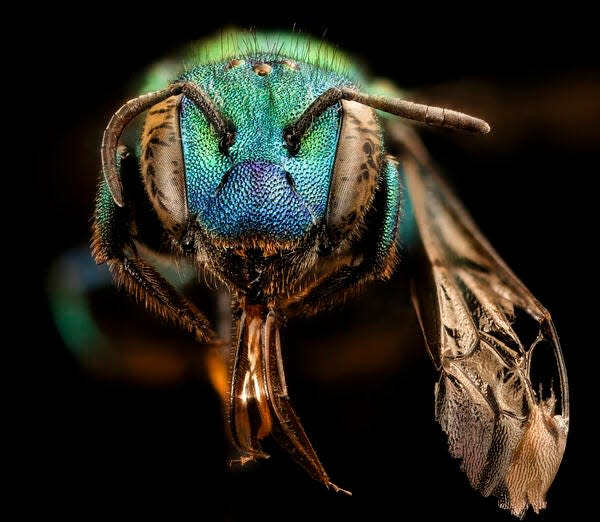
If you believe the Earth is round — which it is — you might also buy that there are cyclical processes on this planet, endless roundabout ways all lifeforms are interconnected, that we are still trying to comprehend at a global scale.
Heavy rainfall in California, for example, influences the flow of nutrients across a landscape, which impacts the abundance and functioning of marine and terrestrial life, which can alter fisheries and crop production, which can affect food variety and availability nationwide, which affects human health, which circles back to the beginning to influence how well we work together to safeguard access to the nutrients we need to live.
Deep circular breath; it's a lot to take in.
Even the climate fluctuates over time in natural cycles, like volcanic activity, and unnatural cycles, primarily the burning of fossil fuels by humans to travel around the surface of this sphere on which we live. (We can control one of those processes if we work together, but that's not the point right now.)
Referencing one of our most widely recognized ties to other lifeforms on this planet — that many plants we eat require pollination by animals — a quote often attributed to Albert Einstein goes something like this: "If bees disappeared, humans would have only four years to live."
Whether he really said it may never be known. Whether it is true will hopefully never be tested, though mounting evidence suggests we're trying our best: Human activity is linked to a 76% decline in flying insect biomass over recent decades and 40% of insect species are expected to face extinction risk in years ahead
With everything we now know about cycles, we might expect that a decline in pollinators would cause a decline in food availability, which would decrease human health and life expectancy. Scientists have connected those individual dots before. But a new study has brought this web of truths full circle on a global scale.
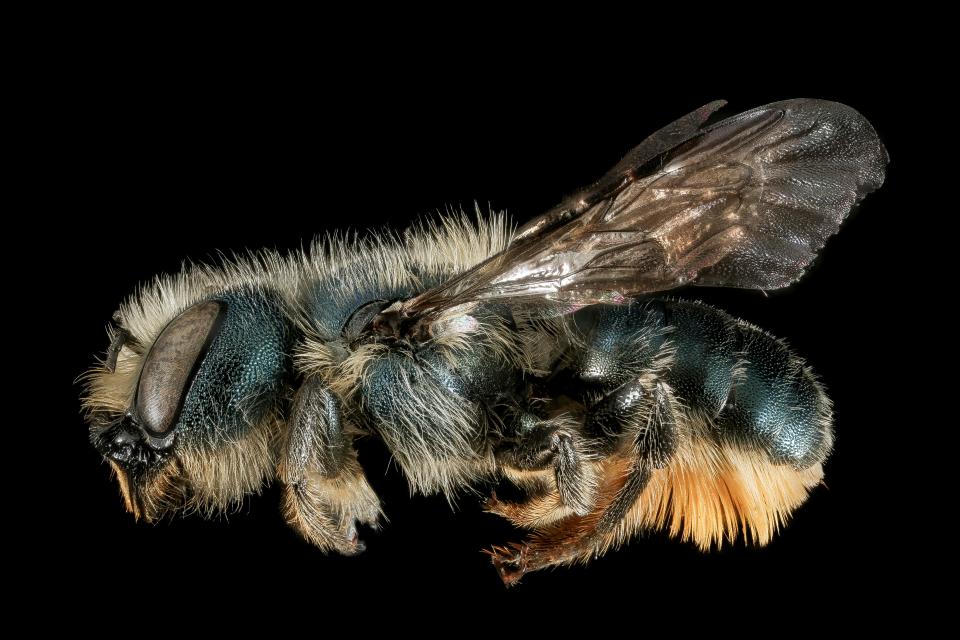
The latest buzz on wellness
A oft-heard shortcut to healthy living boils down to making sure you are getting enough key nutrients found in fresh foods, the absence of which can cause not only scurvy, the classic plague of sailors too long at sea, but also more modern nutrition-related ailments like heart disease, stroke, diabetes and many cancers.
Heart disease, cancer, stroke and diabetes are four of the top eight leading causes of death in the United States, according to the U.S. Centers for Disease Control, suggesting that our technological species could be doing better at simply feeding ourselves real food. But having those foods in the pantry depends on more than finding the time to grocery shop. The global agricultural economy is a large machine with many cogs that turn and stick based on factors like climate change, drought, chemical pollution, transportation, labor practices and lack of pollinators.
In a research paper published last month in the journal Environmental Health Perspectives, scientists combined many of these cogs into one analysis and concluded that a lack of wild pollinators making the rounds to fruit, vegetable and nut crops has resulted in limited regional availability of nutritious foods and the untimely deaths of between 86,000 and 691,000 people globally. Many of those are likely to be poorer residents of richer nations, where reduced availability of healthy foods imported from distant regions will make fresh foods less affordable.
The climate and ag workers:Climate change could push produce prices higher, slowing the fight for food justice
“Physicians and public health professionals all over the world are starting to recognize that our hands are tied," said Samuel Myers, a research scientist focused on planetary health at Harvard University's Center for the Environment and the senior author on the paper. "We can’t effectively do our jobs, safeguarding human health into the future, while the life support systems that we all depend on are crumbling under the weight of our ecological footprint."
The scientists dug in further to estimate that between 37,000 and 305,000 people die unnaturally early deaths due specifically to a lack of fruit consumption, between 21,000 and 151,000 people suffer fatal health ailments related to insufficient access to nuts and between 31,000 and 251,000 lives are cut short each year from not eating enough vegetables. (Feel free to share that tidbit with the kids at dinner tonight.)
If those sound like big numerical ranges, they are. The stated "confidence interval," as their estimated spread of death counts is called, is an expected measure of scientific uncertainty that results from trying to model something as complex, understudied and interconnected as the influence of pollinators on our health.
Scientific modeling happens in a cycle, too.
The researchers started with estimates of crop yields, based on data from a global network of farms, said Matthew Smith, a scientist in environmental health at Harvard who was first author on the study. Then they factored in the gap between what is currently being grown and how many more fruits, vegetables and nuts could have been produced if enough pollinators were on hand. Their answer to that question is 25%, meaning that a quarter of potential fruits, vegetables and nuts fail to materialize due to inadequate pollination.
Next, Smith said, they "closed that gap" by calculating how each country's food production would be different in a pollinator-rich world.
"And that's when the economic trade model kicks in," Smith said. "If every country is producing some extra amount of some food, how does the world respond to that change of production? They might export a lot more of that food or maybe you would have enough consumers domestically that people would eat it in country. There are all these global economic forces that govern who is going to eat that food."
The hazards of food waste:12 truths of food waste and how to eat for the planet this holiday season
Finally, the scientists used data on the regional incidence of specific diseases to look at how changes in consumption of fruit, vegetables and nuts might translate into different health outcomes.
Then they went back to the beginning and tweaked the model a few more times, fine-tuning the statistical knobs based on their understanding of these complex systems.
What made them feel comfortable with the results from many layers of modeling, Myers said, was that each of the estimates they were connecting was pretty well established on its own, and the 25% pollinator gap was calculated from empirical observations arising from a network of about 300 farms on four continents.
"Insects and other animals (as pollinators) are responsible for the majority of calories in our diet, and an even larger number of nutrients," he said. "No one has been able to connect the dots between dwindling pollinator populations and the human health consequences. And so that's the kind of work I love to do: stitching together understanding across different disciplines to come to a recognition of how a natural system matters for health and well-being."
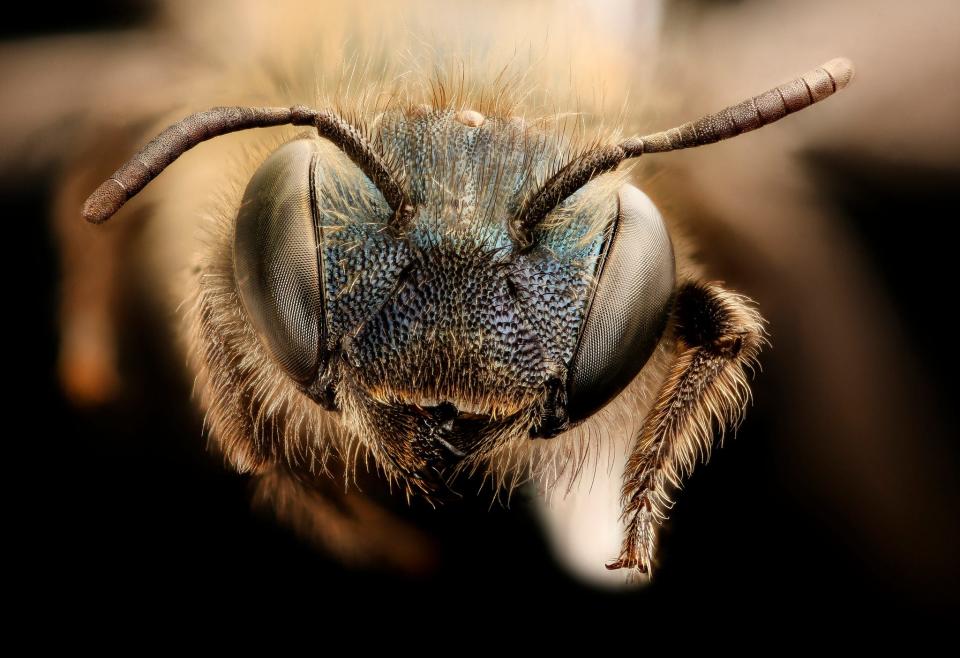
Stitching in pollinator nutrition
What the Harvard study wasn't able to stich into its modeling on pollinators and nutrition was the nutritional health of bees themselves.
"Bees need particular nutrients at different times and what they decide to forage on in any given day is dependent on what they believe that they need," said Nick Ivers, a Ph.D candidate in integrative biology at the University of Texas, Austin. "There are essential lipids, proteins, carbohydrates that they need to survive."
Ivers published a paper this week in the journal Science of the Total Environment that shares results from his study on how bumble bee susceptibility to parasites is related to landscape features like mountains and oceans that interrupt foraging flights and the spread of genetic variability.
"Genetics and susceptibility to parasites are really closely linked," he said. "The more genetic diversity that an individual or a population has, generally the fewer parasites that you're going to find in that population."
More in our climate series:The latest from Joan Meiners at azcentral, a column on climate change that publishes weekly
A landscape like a city that's harder for a bee to move through to find the right kind of floral resources places more physiological stress on a foraging bee. As with malnourished humans, this limitation makes bees' immune systems less able to fight off pathogens they may encounter while visiting flowers previously touched by infected bees.
But there is a natural antidote, if the bees can access it.
In 2018, another group of researchers found that sunflower pollen seemed to have medicinal value for bees. Bumble bees and honey bees with adequate access to cleansing sunflower pollen were able to control their pathogen loads, the researchers concluded, essentially by pooping them out.
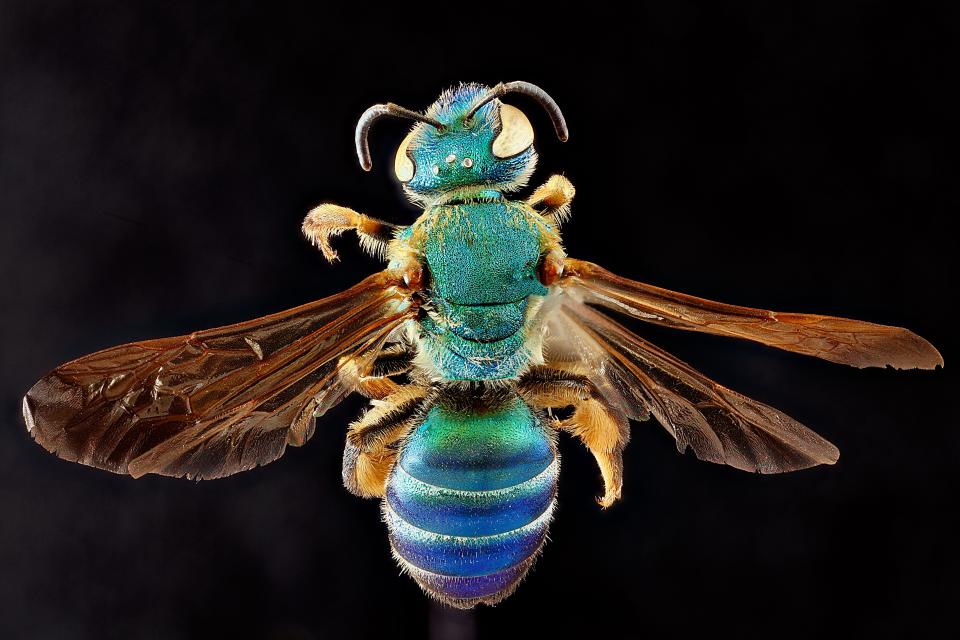
The connection between how a bee's struggle with parasites and pathogens affects its ability to pollinate isn't well understood, Ivers said. But from this collection of recent studies, it's clear that a landscape that doesn't support bee nutrition can spiral into a planet-wide system of malnourished humans.
"We know that pathogens can change bees' foraging behaviors and that could lead to some effects on the food that is available to us to eat," he said. "I think that the bigger issue is that we have enormous agricultural ecosystems with very little natural cover in the environment, so bees are forced to only nest and only forage at these crops which are not always suitable to them and aren’t going to provide the well-rounded nutrition that they need to fight off threats, maintain their metabolism and reproduce."
One ray of hope peeking through the rain clouds hammering the west coast lately is that parasites can actually be washed off flowers by a good storm. But as the climate warms and exacerbates a record-setting drought, pathogens may become harder for foraging bees to avoid.
“Precipitation is definitely going to change with climate change and we’re going to see greater and greater variation in parasitism as a result of that," Ivers said.
And for a majority of bees species — diverse in their size, shape, colors and pollinating behaviors — that spend the winter developing from eggs to adults in underground nests, flooding represents a whole new challenge.
“The flowers are definitely getting washed in California right now, so transmission is probably low," Ivers said. "I’m more worried about all of the 80% of bee species that nest in the ground that are essentially getting washed away. With the amount of rain we’re getting, I would expect to see fewer bees in the spring.”
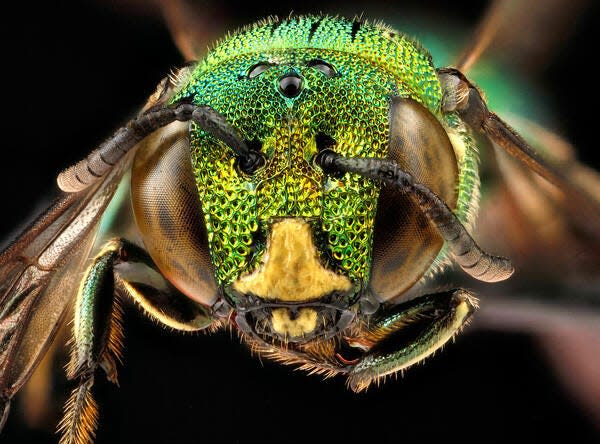
Fortunately, while California might not have great options to use its flooding problem to solve its drought problem, those who understand nature as operating in a series of interconnected cycles can start working on solving bees' nutrition and parasite problems to keep the agricultural cycle that supplies fruits, veggies and nuts in tact.
To help bees meet their nutritional demands so that you can meet yours, Smith suggests creating habitat for pollinators by planting flowers in empty spaces that won't be tilled, where bees can feed and nest undisturbed. Keeping some landscapes wild helps foster healthy bee populations in the surrounding areas. Limiting use of pesticides, especially neonicotinoids known to kill and disorient bees, will keep bees safe. And planning a diversity of flowers so that something is always blooming nearby helps bees survive gaps in floral availability.
Sunflowers, Ivers noted, are always a good choice.
Joan Meiners is the climate news and storytelling reporter at The Arizona Republic and azcentral. Before becoming a journalist, she completed a doctorate in ecology. Follow Joan on Twitter at @beecycles or email her at joan.meiners@arizonarepublic.com.
Support climate coverage and local journalism by subscribing to azcentral.com at this link.
This article originally appeared on Arizona Republic: The buzz about bees, nutrition, parasites and how it's all connected

